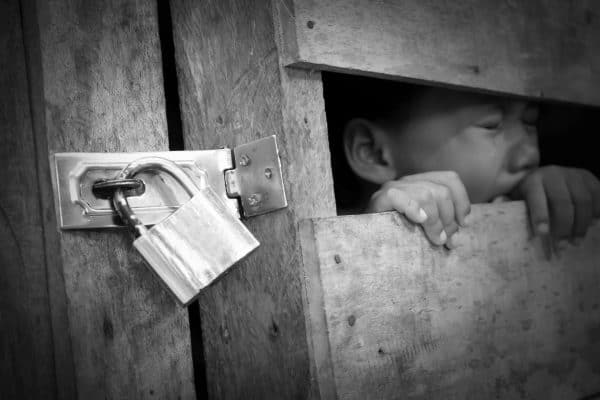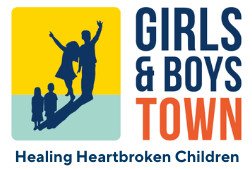- Staff login / Hotline
- 0861 58 58 58
Keeping children and adolescents safe from child trafficking

This year’s festive season might not be a typical one and the pandemic is likely to impact on holiday travel to family and friends in other parts of the country. But travel will happen and it is a time to be on alert to threats to child safety – including child trafficking.
Unequal power and exploitation are the hallmarks of trafficking. Many are puzzled about what human trafficking actually involves and how it can happen in an age where we all seem to leave a trail of our activities.
The United Nations definition of human trafficking provides clarity:
- Trafficking entails recruiting, transporting, transferring, harbouring and/or receiving a human being.
- It is achieved by force, coercion, fraud, deception and/or abuse of the individual’s vulnerability.
- The purpose is always exploitation – for instance, forced labour, sexual exploitation or the removal of vital organs.
It is beyond dispute that child trafficking exists in South Africa. There are shelters in our cities that have rescued numerous children and adolescents over the years. They would be the first to say there are other trafficked children out there, unseen and unassisted. The problem is compounded by lack of quantifiable data. We gleam from authentic cases identified by service organisations and law enforcement institutions that:
- Children are trafficked across South Africa’s borders and within the country, usually from rural areas to the cities.
- Adolescent girls are usually trafficked to become unpaid and overworked domestic workers or for commercial sexual exploitation.
- Boys are likely to be trafficked to work in agriculture or in street vending.
Poverty, the high number of orphaned children in our society and alluring promises of safe work and education set the scene for traffickers. Once children are removed from everything that is familiar, they become trapped and exploitation continues unhindered for months or years behind locked doors and high walls, hidden in plain sight.
So what can be done about it?
Protecting and helping vulnerable children and youth is at the centre of Girls and Boys Town South Africa’s mission. Firstly, through our national footprint and work with other youth and social development services, we remain alert to places and circumstances that exacerbate vulnerability of some communities, families and children. Secondly, as GBTSA and in partnership with other agencies, we seek to offer them a solution – before the traffickers do.
We do this through:
- Care in residence: throughout the year, our 10 residential centres provide safety, therapeutic interventions and a home to between 150 to 300 girls and boys annually at any given time, who have been put into our care by the Children’s Court. Despite their young age, they have experienced physical and psychological trauma. Many have been abandoned and abused in sexual and other ways. Our programmes help them to heal, become more robust and build confidence and a sense of self-worth which are vital aspects of ability and agency to protect themselves when they leave the safety of our residences. GBTSA’s unique peer-group self-government system encourages and awards youth developing leadership skills and taking responsibility for their own and their peers’ lives.
- Care in family: our Family Services unit works directly with high-risk families to build their coping skills and stronger family relationships which help to avert family disintegration and separations – which are factors exploited by child traffickers. Family workers meet families where they are, motivate and teach skills and empower youth and their care-givers to reclaim responsibility for their futures. Our national hotline (0861-58-58-58) provides telephone counselling service for young people and families in distress and referrals to other support services.
The tenets of our family-strengthening work were deployed in 2017, when in collaboration with Nelson Mandela Children’s Fund, we implemented a focused campaign to create circles of support in impoverished communities in the west of Johannesburg. We facilitated workshops with families, school and community leaders and stakeholders. The method applied a social-ecological strategy to understand and address the complex and inter-related underlying factors that put youth at risk of exploitation, substance addiction and being trafficked. We assisted project communities with identifying and using their own assets to improve children’s safety and well-being.
